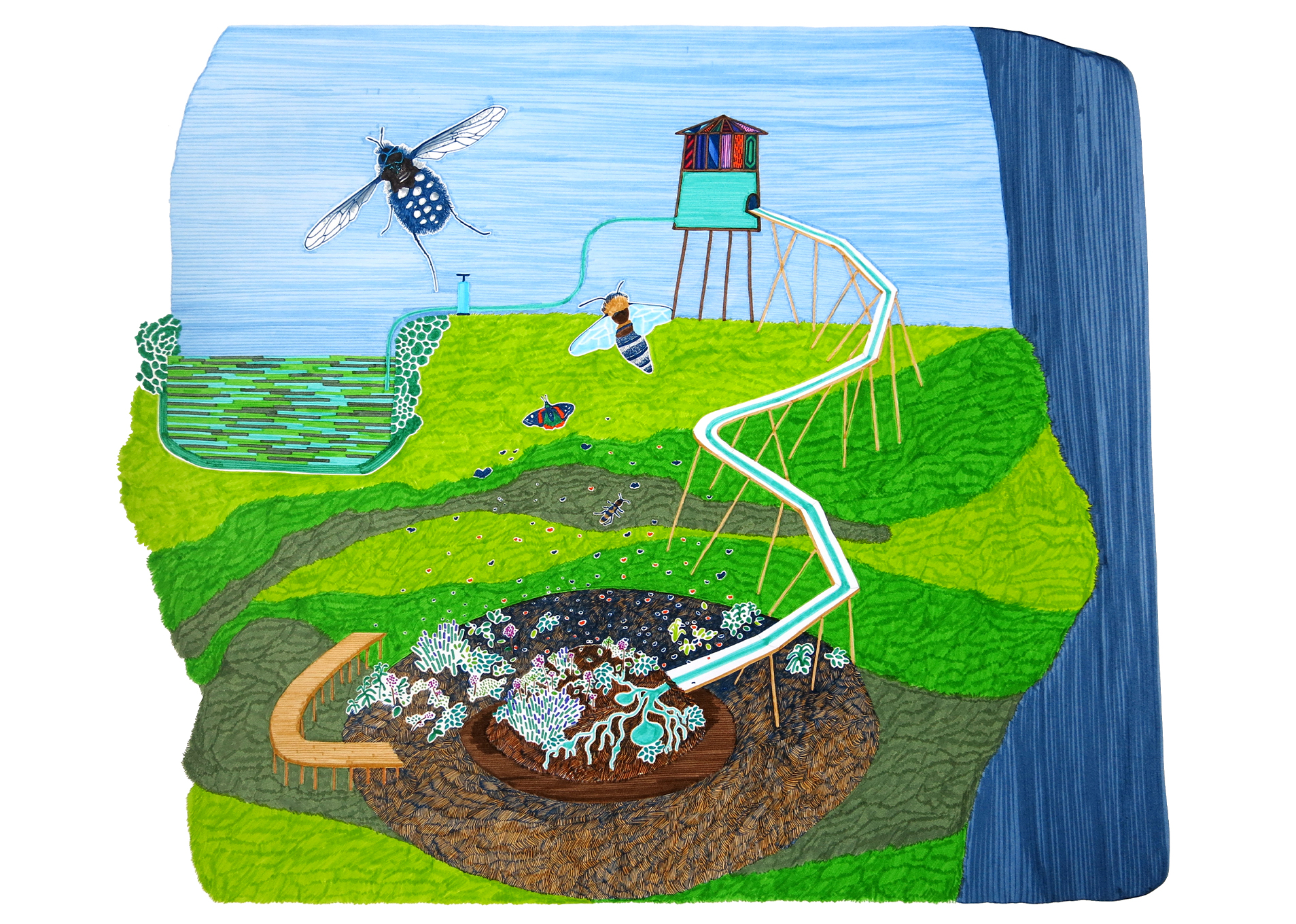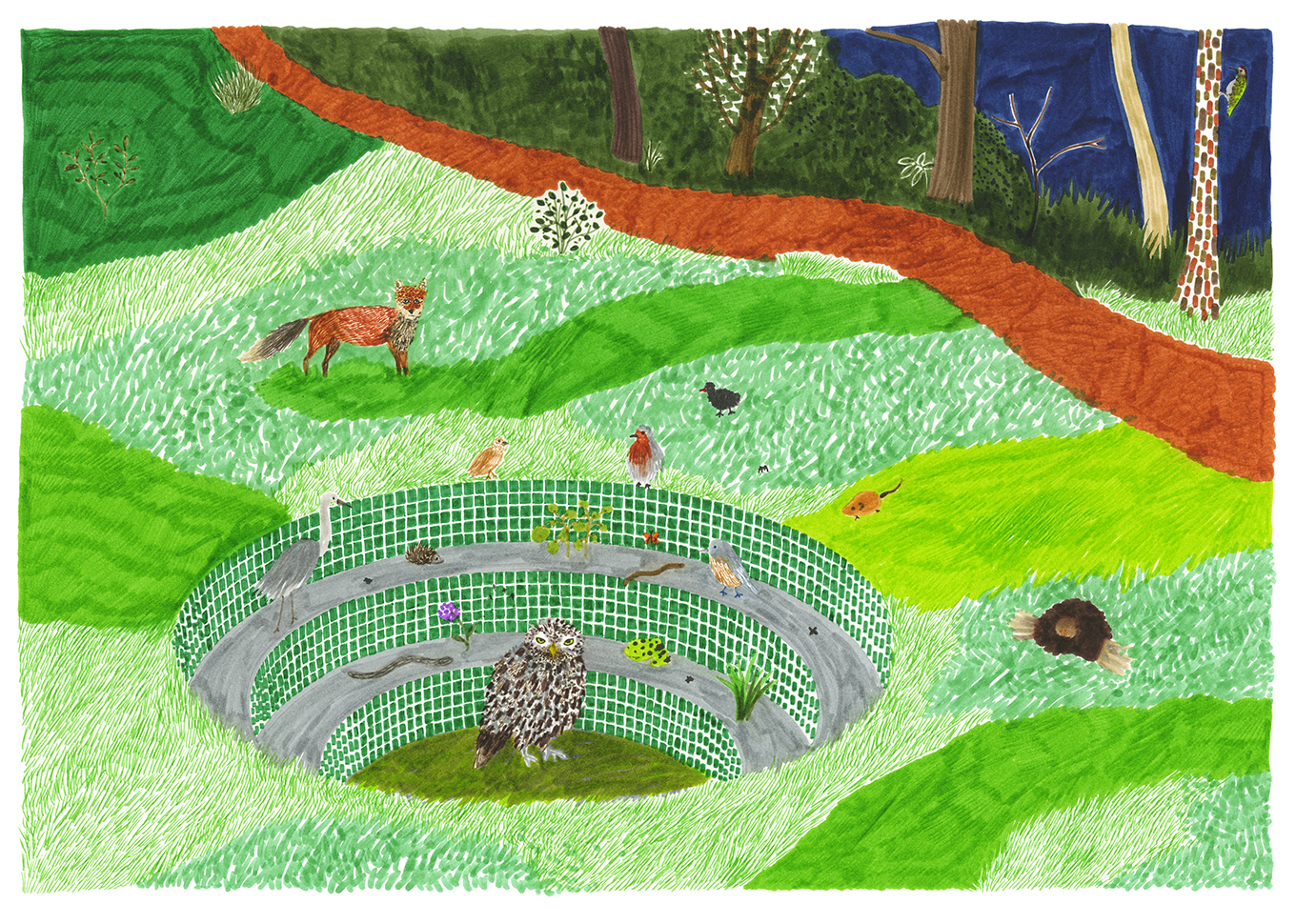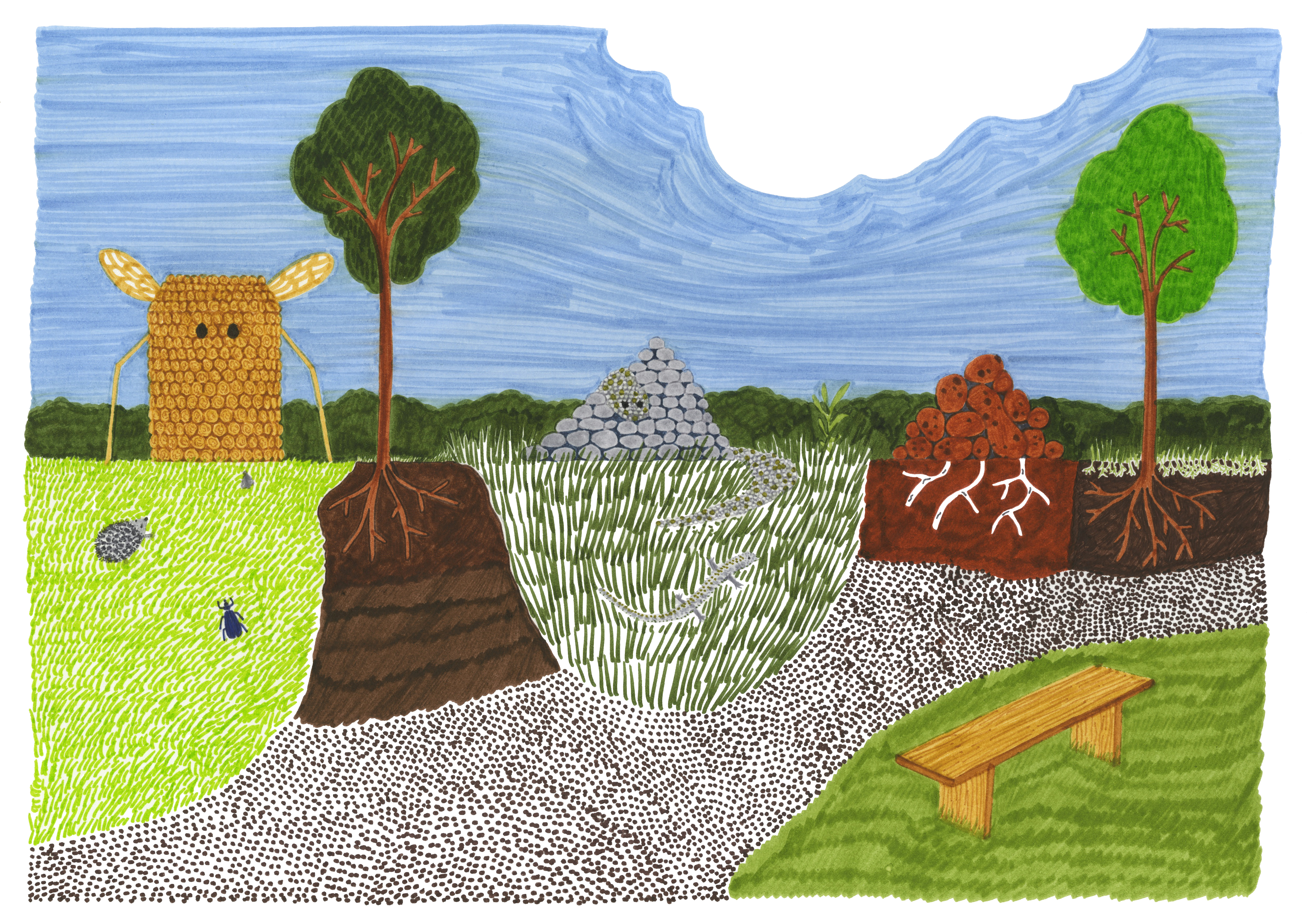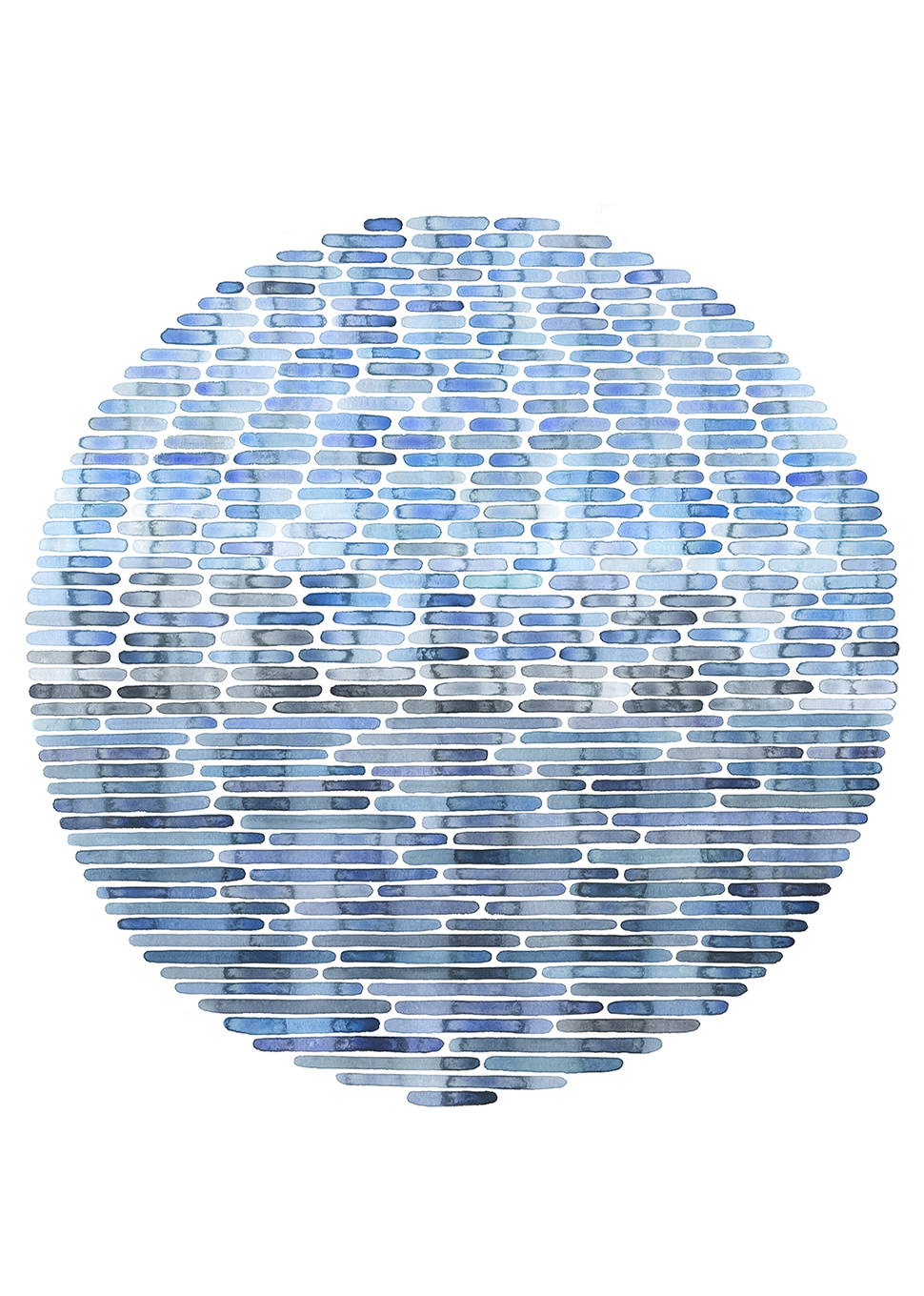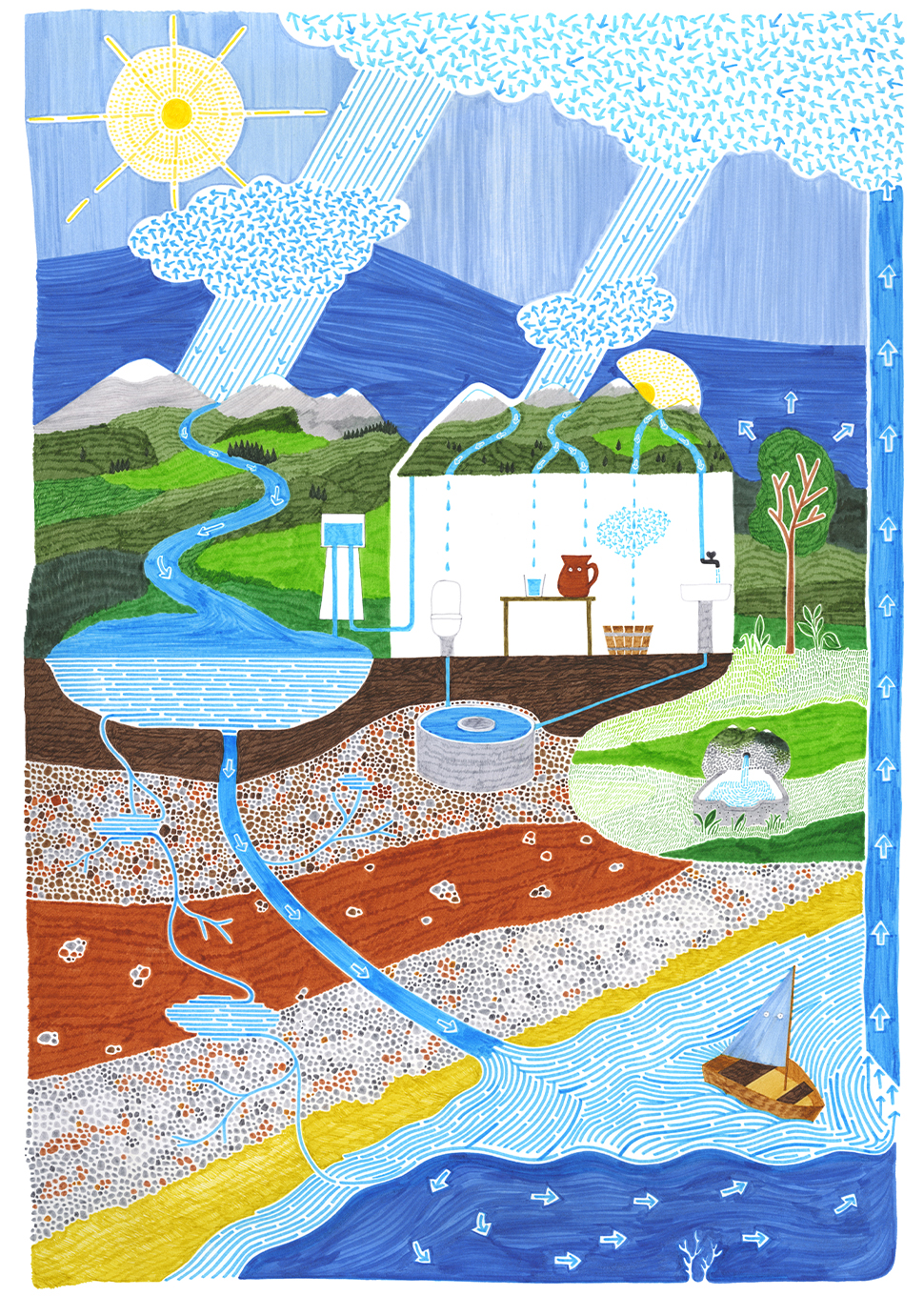Somewhere between connection and isolation1
Un habitat est à l’origine utilisé en botanique pour définir la relation d’interdépendance entre une plante et un sol. Le sens du mot a dérivé au cours du XXe siècle pour décrire le mode d’organisation et de peuplement par l’homme du milieu où il vit.
La ville que nous habitons est fondée sur une connexion aux réseaux. Façonner un lieu pour le rendre habitable signifie le relier aux réseaux qui fournissent eau, énergie, chaleur, et ce faisant, peu à peu se protéger de l’extérieur, s’extraire du milieu.
Une dépendance technique aux réseaux se substitue ainsi aux liens d’interdépendance entre un lieu ses habitants.
Tout se joue dans la constitution de la frontière de ces mondes, entre la part de perméabilité avec le milieu et celle de la connexion aux réseaux. Comment concevoir une limite qui à la fois assure des échanges avec l’extérieur et laisse à l’habitant la possibilité de se déconnecter de cette emprise technique ?
L’habitable se refère toujours à une utopie, qu’elle soit hygiéniste, écologiste... A l’inverse de l’utopie qui s’impose au lieu, l’habitable est selon moi une synthèse entre une projection d’imaginaire et une réutilisation de l’existant.

Topique siginfie relatif à un lieu donné.
J’appelerai Topique une typologie d’objets ou d’espaces qui s’adressent en premier lieu aux habitants, qui font signe et naissent d’un mouvement issu du lieu.
Un topique est un objet autonome, déconnecté du réseau et connecté au milieu.
Un topique exprime un juste équilibre entre un flux (la pluie, le vent, etc.) et une action humaine, celle de l’utiliser, de le capter, le stocker, le filtrer puis le redistribuer.
1 Traduction du texte issu de l’exposition “Letting the dust settle” au CCA de Kitakyushu, Japon en janvier 2012.
J’appelerai Topique une typologie d’objets ou d’espaces qui s’adressent en premier lieu aux habitants, qui font signe et naissent d’un mouvement issu du lieu.
Un topique est un objet autonome, déconnecté du réseau et connecté au milieu.
Un topique exprime un juste équilibre entre un flux (la pluie, le vent, etc.) et une action humaine, celle de l’utiliser, de le capter, le stocker, le filtrer puis le redistribuer.
1 Traduction du texte issu de l’exposition “Letting the dust settle” au CCA de Kitakyushu, Japon en janvier 2012.
Somewhere between connection and isolation1
A habitat was originally used in botany to define the interdependent relationship between a plant and soil. Over the 20th century, the meaning of the word evolved to describe how humans organize and populate the environment in which they live.
The city we live in is based on network connectivity. Shaping a place to make it habitable means connecting it to the networks that supply water, energy, and heat, and in so doing, gradually protecting ourselves from the outside world, extracting ourselves from the environment.
Une dépendance technique aux réseaux se substitue ainsi aux liens d’interdépendance entre un lieu ses habitants.
It's all a question of defining the boundaries between these worlds, between permeability to the environment and connection to networks. How can we design a boundary that both ensures exchanges with the outside world and allows residents to disconnect from this technical grip?
The habitable always refers to a utopia, be it a hygienist, ecologist... In contrast to utopia, which imposes itself on the place, the habitable, in my opinion, is a synthesis between a projection of the imaginary and a reuse of the existing.

Topique means relating to a given place.
I'll call Topique a typology of objects or spaces that address the inhabitants first and foremost, that make a sign, and are born of a movement originating in the place.
A topique is an autonomous object, disconnected from the network and connected to the environment.
A topique expresses the right balance between a flow (rain, wind, etc.) and the human action of using it, capturing it, storing it, filtering it, and then redistributing it.
1 Text from the exhibition "Letting the dust settle" at the CCA Kitakyushu, Japan, January 2012.

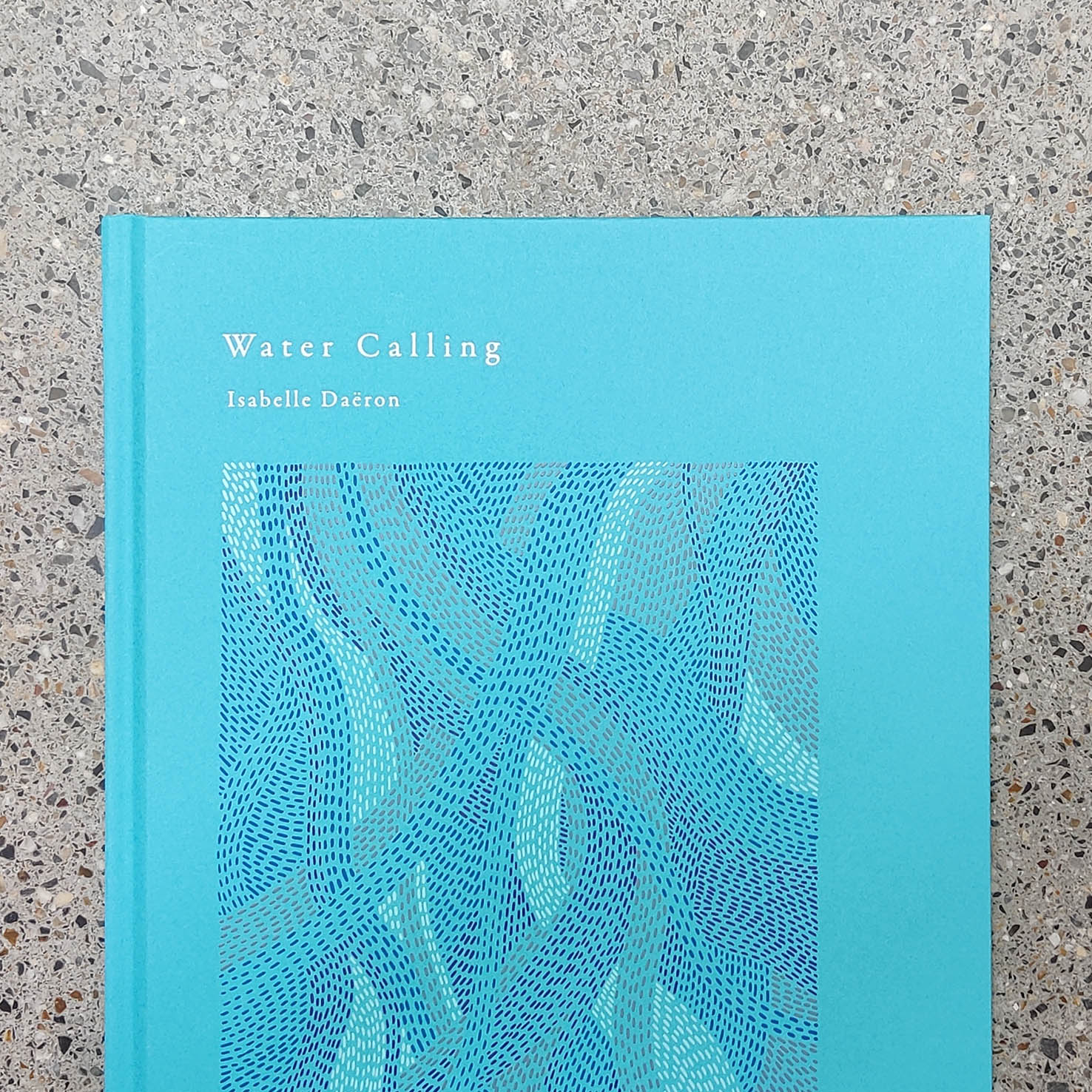

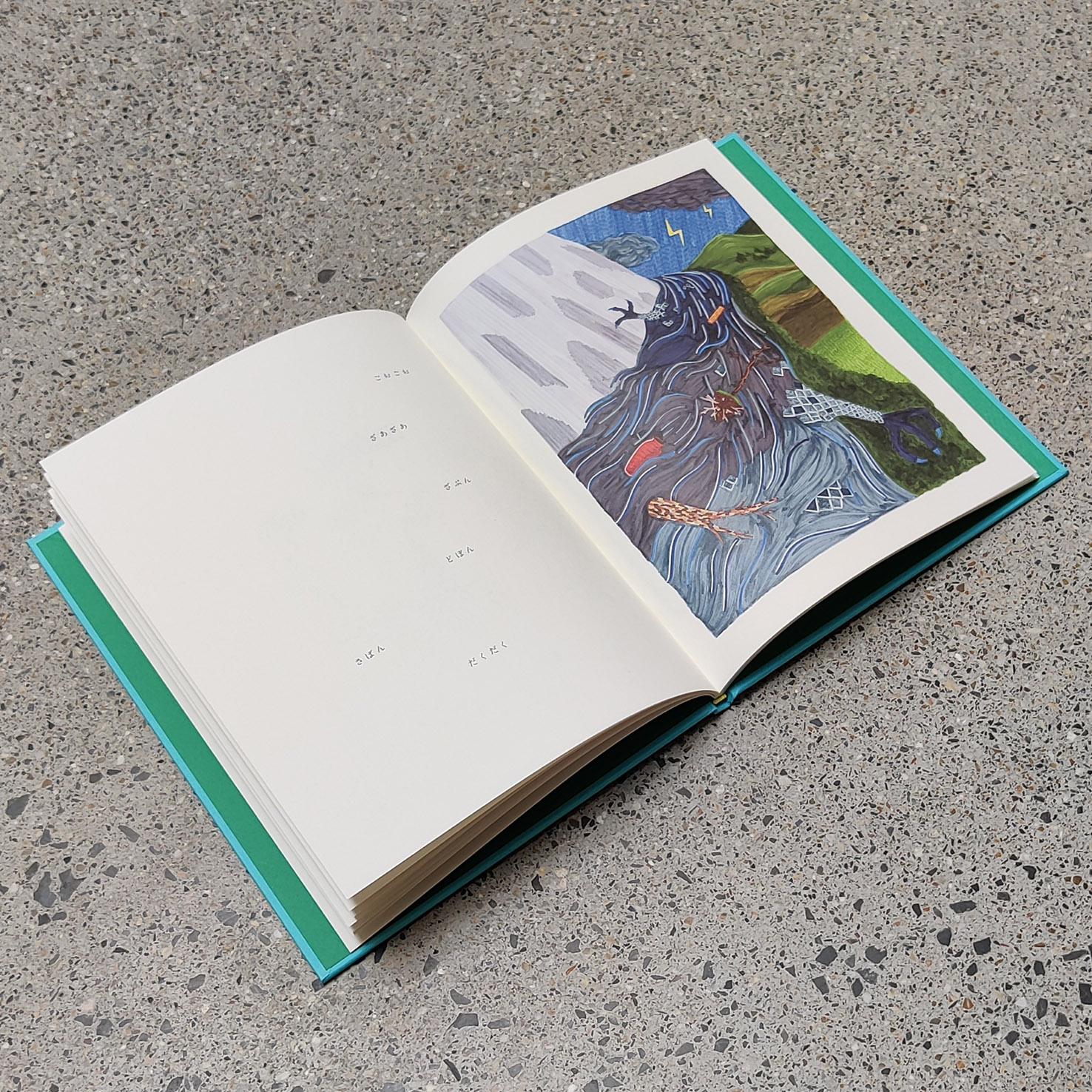


Water calling is the result of research into groundwater in Kyoto carried out in collaboration with Yoshiko Nagai. How is groundwater formed? How have local people developed a water-related culture?
In the 1990s, geophysical studies quantified the volume of water contained in the water table beneath the city, equivalent to that of Japan's largest lake, Biwako. They revealed the relationship between the depth of the bedrock, its composition and the quantity of water flowing through it. As far back as the Heian era (794-1192), the city's inhabitants were aware of the abundance of underground water, without being able to explain its origin or course.
Water calling recounts the evolution of the relationship between water and human beings, from the formation of the water table 5 million years ago, to the domestication of water, the emergence of a mythology and the deployment of urban space and networks. Each drawing is associated with an onomatopoeia, translating a water sound into Japanese. The translucent paper on both sides of the cover reveals a history of water in Kyoto.
Concept and drawings: Isabelle Daëron
Concept and text: Yoshiko Nagai
Graphic design: Hideyuki Saito
Publisher: Shoshi Saicoro
Available in Japan via Materia Prima
Available in France from Laurel Parker Book, Librairie Volume, Librairie sans titre, Librairie Cahier Central, Librairie Yvon Lambert
Photo credits: Yosuke Otake (1st photo)










